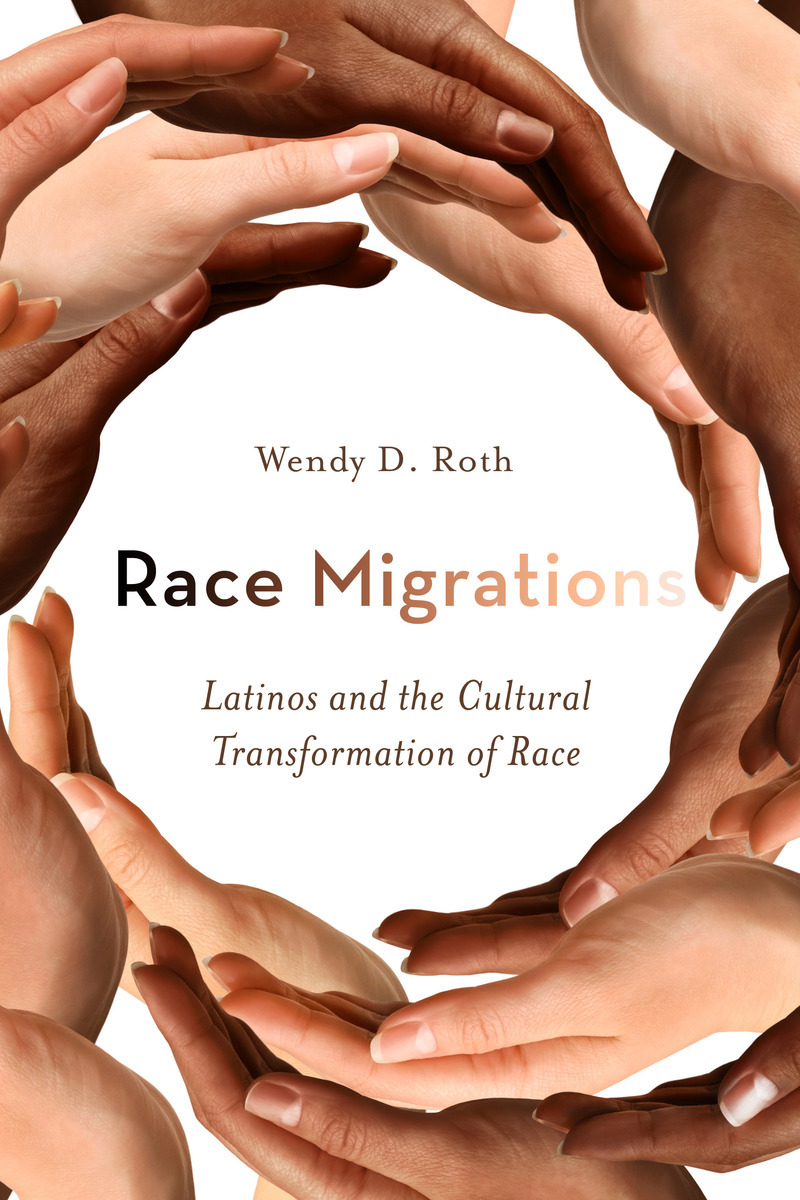Race Migrations: Latinos and the Cultural Transformation of RacePosted in Books, Caribbean/Latin America, Media Archive, Monographs, Social Science, United States on 2012-06-07 20:49Z by Steven |
Race Migrations: Latinos and the Cultural Transformation of Race
Stanford University Press
April 2012
268 pages
6 tables, 1 figure, 20 photographs
Cloth ISBN: 9780804777957
Paper ISBN: 9780804777964
E-book ISBN: 9780804782531
Wendy D. Roth, Associate Professor of Sociology
University of British Columbia, Canada
In this groundbreaking study of Puerto Rican and Dominican migration to the United States, Wendy D. Roth explores the influence of migration on changing cultural conceptions of race—for the newcomers, for their host society, and for those who remain in the countries left behind. Just as migrants can gain new language proficiencies, they can pick up new understandings of race. But adopting an American idea about race does not mean abandoning earlier ideas. New racial schemas transfer across borders and cultures spread between sending and host countries.
Behind many current debates on immigration is the question of how Latinos will integrate and where they fit into the U.S. racial structure. Race Migrations shows that these migrants increasingly see themselves as a Latino racial group. Although U.S. race relations are becoming more “Latin Americanized” by the presence of Latinos and their views about race, race in the home countries is also becoming more “Americanized” through the cultural influence of those who go abroad. Ultimately, Roth shows that several systems of racial classification and stratification co-exist in each place, in the minds of individuals and in their shared cultural understandings of “how race works.”
Contents
- List of Illustrations
- Acknowledgments
- 1. How Immigration Changes Concepts of Race [Read an excerpt here.]
- 2. Beyond the Continuum: Race in the Dominican Republic and Puerto Rico
- 3. Migrant Schemas: Race in the United States
- 4. Transnational Diffusion
- 5. Multiple Forms of Racial Stratification
- 6. Performing Race Strategically
- 7. Is Latino Becoming a Race?
- Cultural Change and Classifications
- Appendix: Notes on Methodology
- Notes
- Index


